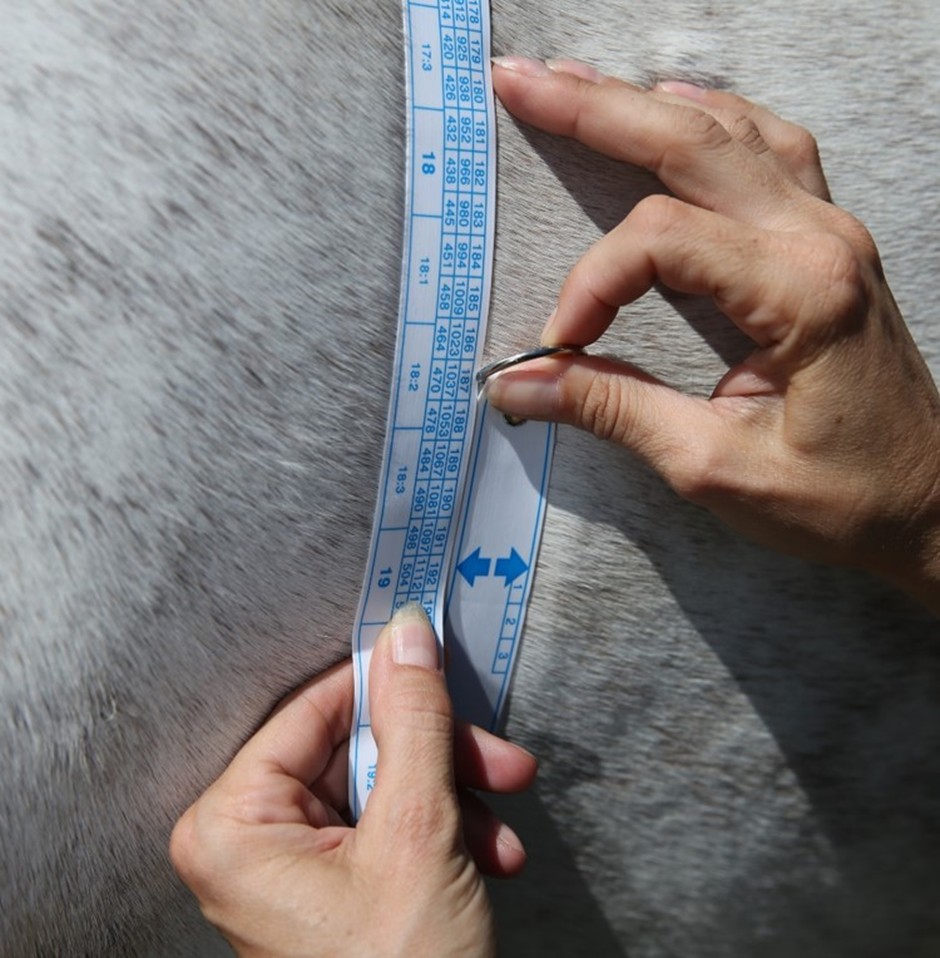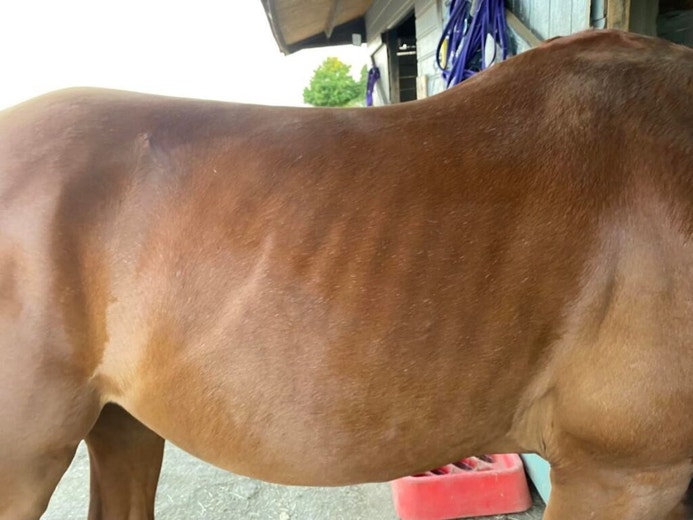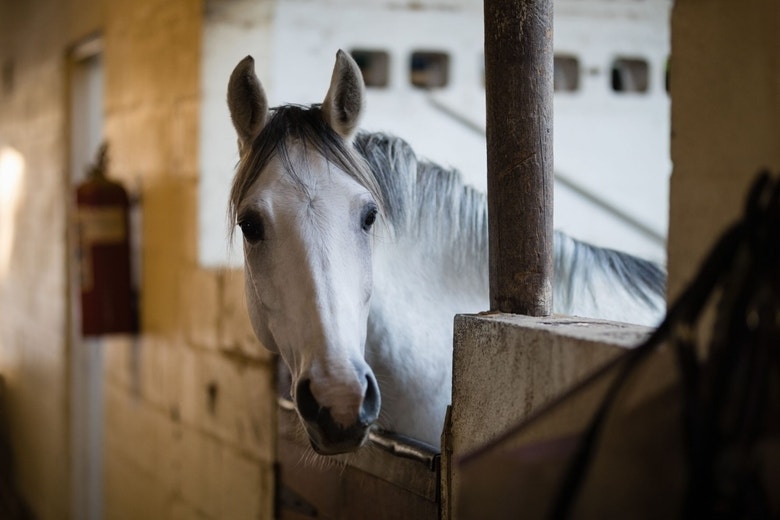Feeding oil to horses: Everything you need to know
Whether it comes from feed or out of a bottle, oil is a valuable addition to many horses’ diets. Whether poured straight from a bottle or already blended into a feed, oil offers multiple benefits – from safe weight gain to show-ring shine. But how much should you feed? And what should you watch out for? Let’s break it down…

Oil for weight gain
Oil certainly packs a punch when it comes to calories. In fact, 300ml of oil provides approximately the same amount of energy (calories) as 1kg of oats. However, unlike cereal grains, oil is starch free making it a sympathetic source of energy for:
- Excitable or stressy horses
- Those prone to laminitis, colic, gastric ulcers, or tying-up*
- Horses that need calories without the “fizz
⚠️ Note: high oil diets may not suit horses with MFM – always check with your vet or nutritionist first.
Did you know?
- All oils contain around 3.5MJ DE per 100ml – so there’s little difference in energy value between them.
- It can take up to 12 weeks for a horse to fully adapt to a high oil diet – patience pays off.

Oil for coat shine
Whilst there’s no substitute for a balanced diet and plenty of grooming, oil can be the icing on the cake when it comes to a gleaming coat. As little as 30-50mls per day may be all that you need and at this quantity, won’t compromise the good doers waistline!
How much oil can you feed?
As a rule of thumb:
- Up to 100ml per 100kg bodyweight daily
- That’s around 500ml per day for a 500kg horse
Always introduce gradually – about 100ml extra per week – to let the digestive system adjust.
Oil and vitamin E
Did you know high oil diets should be balanced with additional vitamin E? For every 100ml of oil, your horse’s diet should provide an extra 100iu of vitamin E. This applies whether the oil comes from a bottle or is already in the feed (above 4%).
👉 Without it, your horse could miss out on the antioxidant protection needed to process fat safely. Always check the label or ask a nutrition advisor before increasing oil.
High oil feed vs oil from a bottle
Adding oil on top of your horse’s current feed may be an easy and cost-effective solution, particularly if feeding small amounts. In larger quantities, oil from a bottle can be a useful way of providing additional calories without increasing meal size. On the flip side, switching to a high oil feed may be a more palatable option and a more convenient way of providing a balanced diet.
- Oil from a bottle → Easy, cheap, great for small additions.
- High oil feeds → More palatable, balanced, and often more convenient in the long run.
💡 Cost-wise, the difference is often negligible – so the choice may simply come down to what your horse prefers.

Safe feeding checklist
- Introduce oil slowly (100ml per week).
- Store carefully – oil can turn rancid, especially in summer.
- Balance with vitamin E.
- Check BETA® NOPS approval if you compete.
- When in doubt → call a nutrition expert.
Whether your goal is weight gain or coat shine. Just remember: balance is everything.
📞 For tailored advice, contact the SPILLERS Care-Line – we’re here to help you and your horse thrive.





